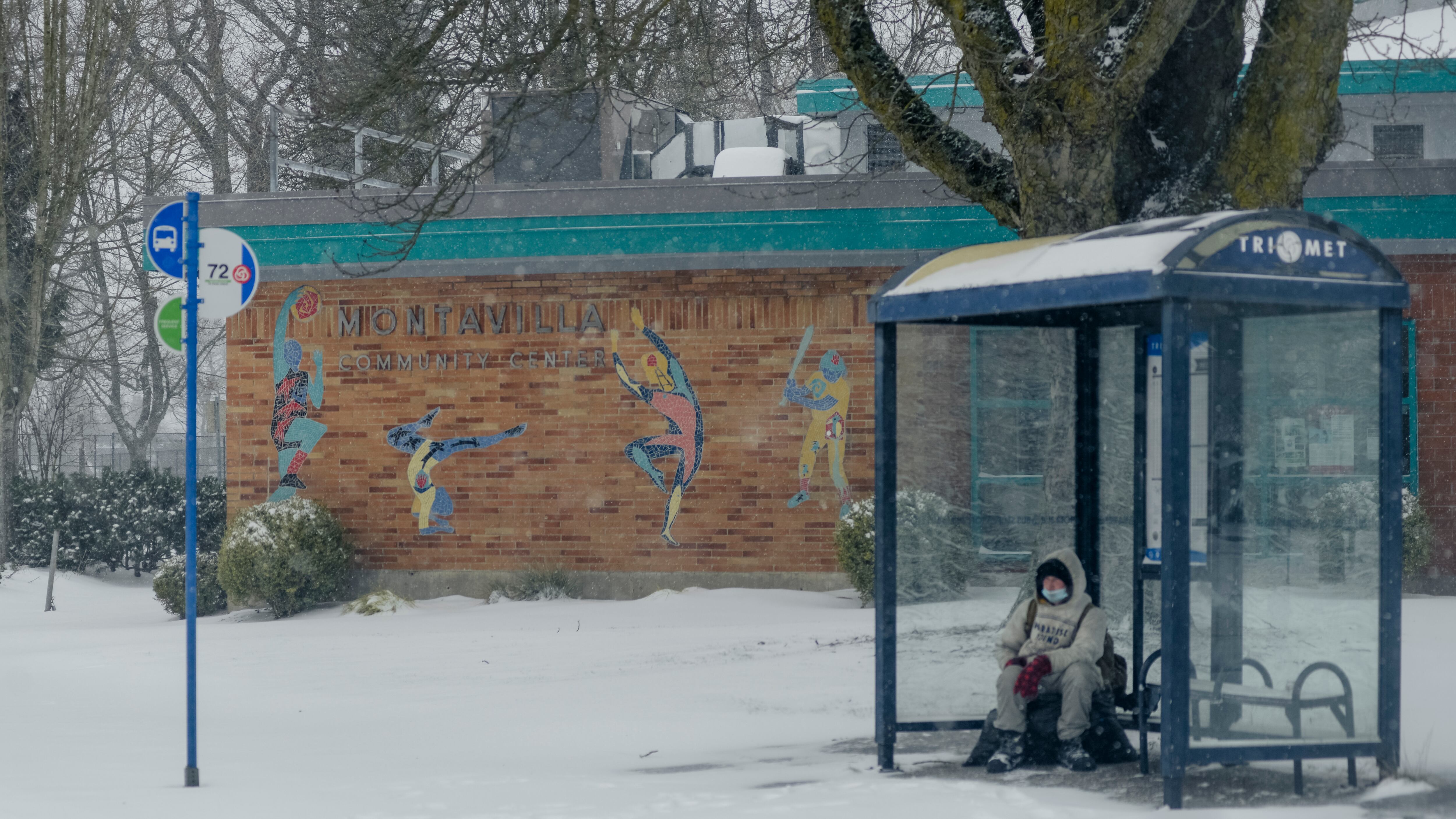The Portland City Council will vote soon on a proposal that would make it easier to site homeless shelters—but East Portlanders worry they will bear the brunt of the policy shift.
"East Portland doesn't trust the city," says community advocate Donal Mac Uileagoid. "It feels like all the problems of the city are being shoved to the eastside."
The Shelter to Housing Continuum Project would make it easier for anyone—property owners, nonprofits and the city—to open homeless shelters and would make other changes to city zoning code, such as legalizing RV occupancy on residential property and adding outdoor shelters as a new use type in the code language.
In 2019, the City Council directed the Bureau of Planning and Sustainability to work with the Joint Office of Homeless Services to develop zoning code amendments that would "allow for temporary housing, shelters and alternative shelter siting."
The bureau will present those changes before the city's declared state of emergency on housing expires April 4.
Advocates for more housing praise the project. "At its core, this project is a zoning code project for the very poor," says Trisha Patterson, board member of Portland Neighbors Welcome. "This code change allows for greater livability for the very poor, many of whom are homeless. It will make a material difference in a lot of people's lives."
At the request of the Planning and Sustainability Commission, BPS created four maps that show where shelters would be allowed under the new zoning changes. The maps identify vacant and partially vacant lots as possible sites, and while each map serves a slightly different purpose, they all show roughly the same thing: More space is available for shelters east of 82nd Avenue.

There are few issues in Portland more contentious than the location of homeless shelters and sanctioned campsites. Over the past decade, neighborhoods have continually erupted with fury at plans to locate new ones—and opponents have used the zoning code, the threat of litigation, and ferocious lobbying to keep them out. Now, a council whiplashed by public outrage at widespread, unpermitted camps and the outcry that accompanies sweeps of homeless camps is looking for a middle ground.
But that middle ground, East Portlanders fear, will be mostly in their back yard.
"They want certain areas to be tourist attractions. If they can push the shelters east, it's better for tourism," says Ann McMullen, a board member of the Hazelwood Neighborhood Association. "I think they need to go back to the drawing board."
Mayor Ted Wheeler and Commissioner Carmen Rubio tell WW that they both support the proposal.
Many Portland residents and city officials agree that well-maintained shelters are needed to support people without housing, but the downside is that nothing is stopping the shelters from ending up primarily on the outer edges of the city. This is because East Portland holds more open space, cheaper land and no regulations in the proposed code changes to restrict overcrowding.
Mac Uileagoid says the way the proposed code is written makes it likely East Portland will see more new shelters than the rest of the city.
"There's inequity written into the system," he says. "Because if there's nothing to push back against these shelters being clustered on the eastside, then a majority of them will inevitably end up on the eastside."
Currently, there are 29 government-supported adult, family, youth, winter and COVID-19 shelters in Portland. Nine of them are east of 60th avenue. If the council adopts the new policy without amendments and protections for East Portland, that number could greatly increase in an effort to find spaces where people can stay in a more humane and hygienic conditions.
And as Mac Uileagoid notes, they could be clustered because the new policy would eliminate the prohibition on shelters being located within 600 feet of each other.
That's because "the intent of the package was to remove regulatory barriers for shelter siting," wrote Eric Engstrom, the BPS planner on the project, in an email to WW.
Denis Theriault, spokesman for the Joint Office of Homeless Services, says officials hope to equitably distribute new shelters.
"From the city and county's perspective, [zoning code changes] do not put East Portland at more risk of having more shelters than other neighborhoods," Theriault says, "because we're looking across the community to site shelters."
But a draft of the new policy notes that in addition to the supply of suitably zoned parcels, the cost of land, development and operations will be a major determining factor for new shelters.
A shelter in Northwest Portland would've cost the joint office $10 million to renovate, Theriault says—a lot more than comparable space east of 82nd Avenue. "That kind of math has to go into things too," he says.
That's why shelters end up in low-income neighborhoods.
"East Portland doesn't have political clout, they don't have money," McMullen says. "It's like a tale of two cities."
The first chance to present public testimony on the policy before the City Council is 2 pm Wednesday, March 17.
